Full text
PDF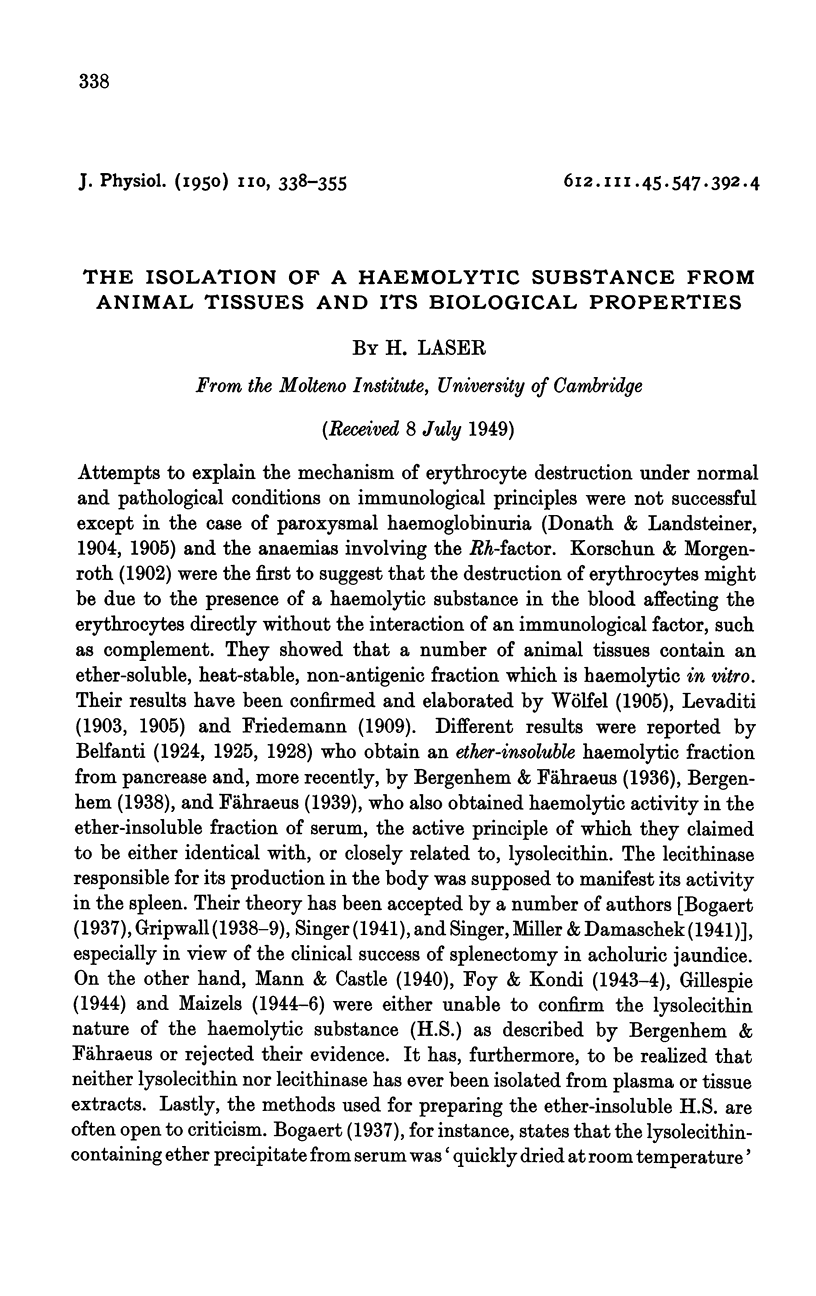
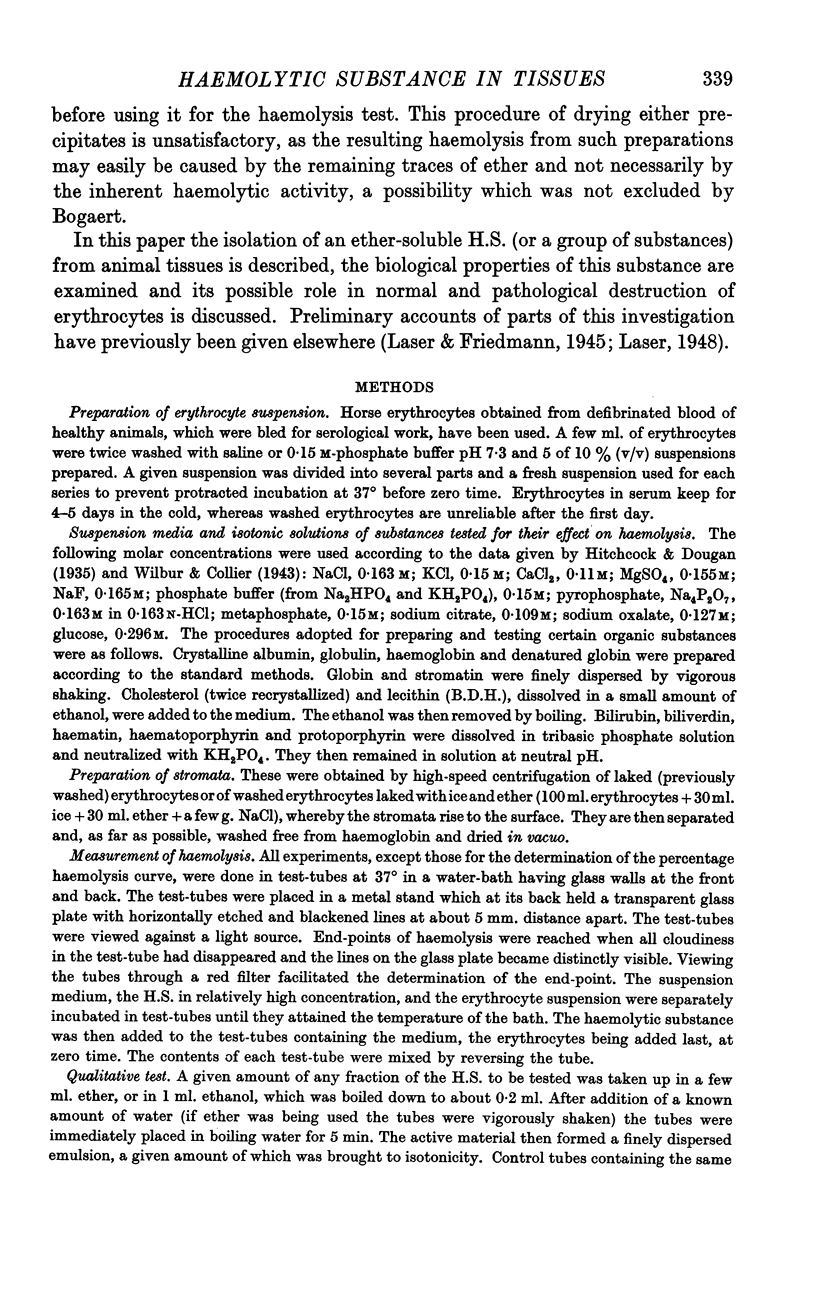
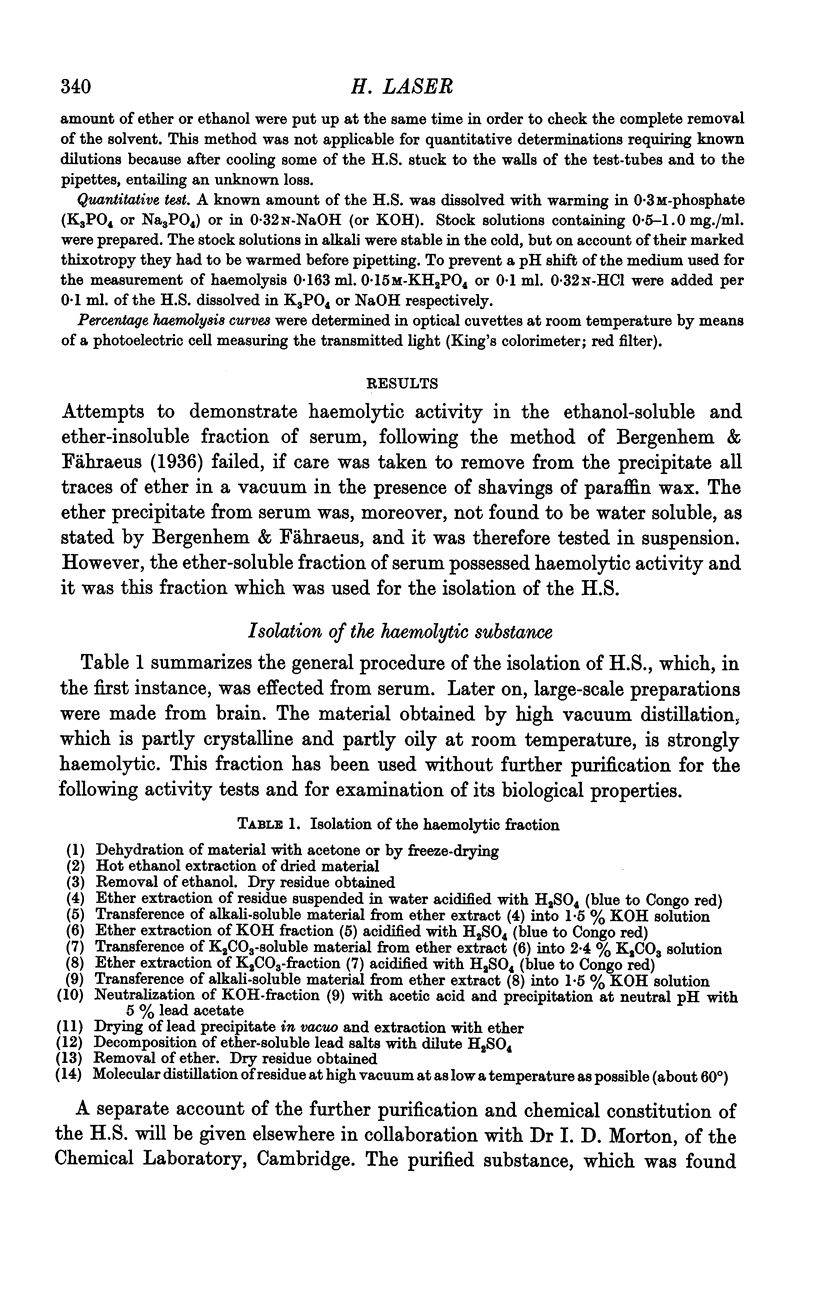
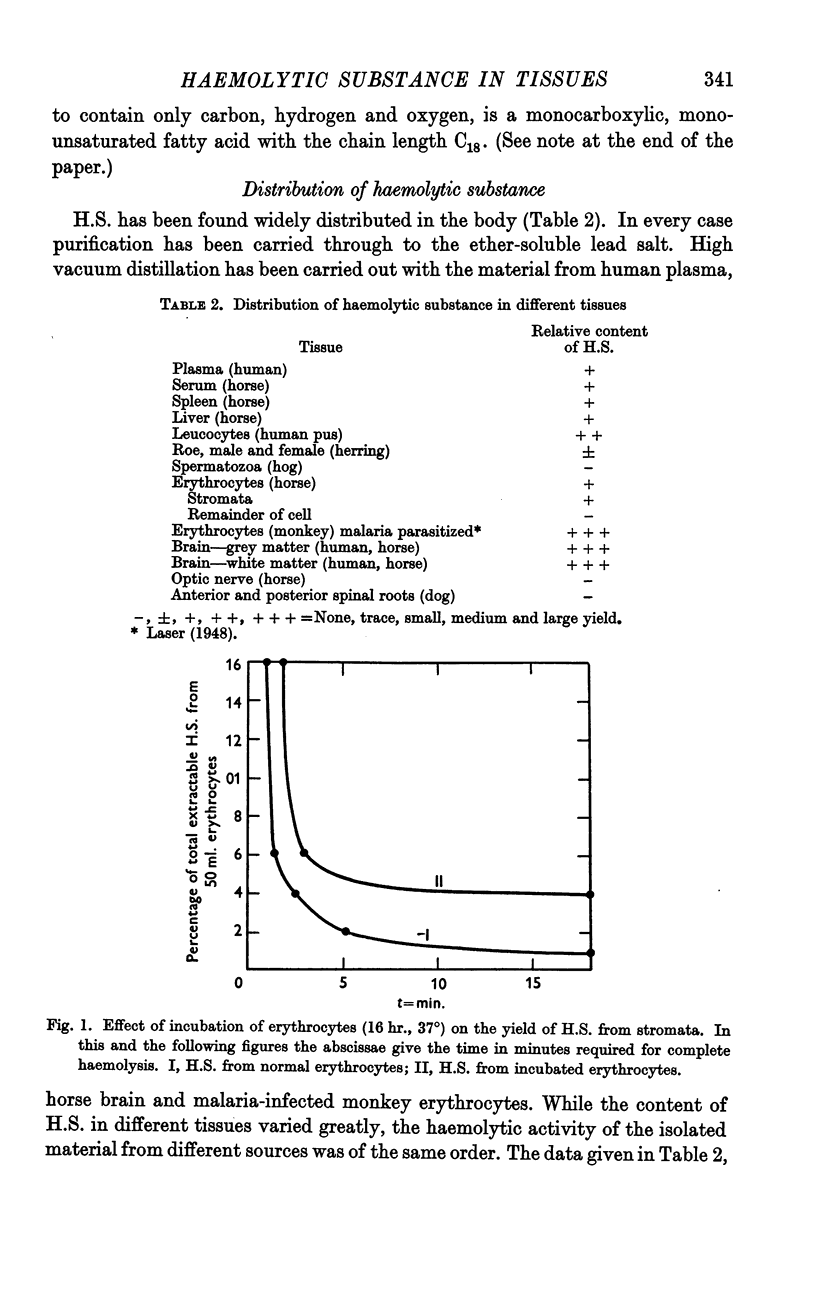
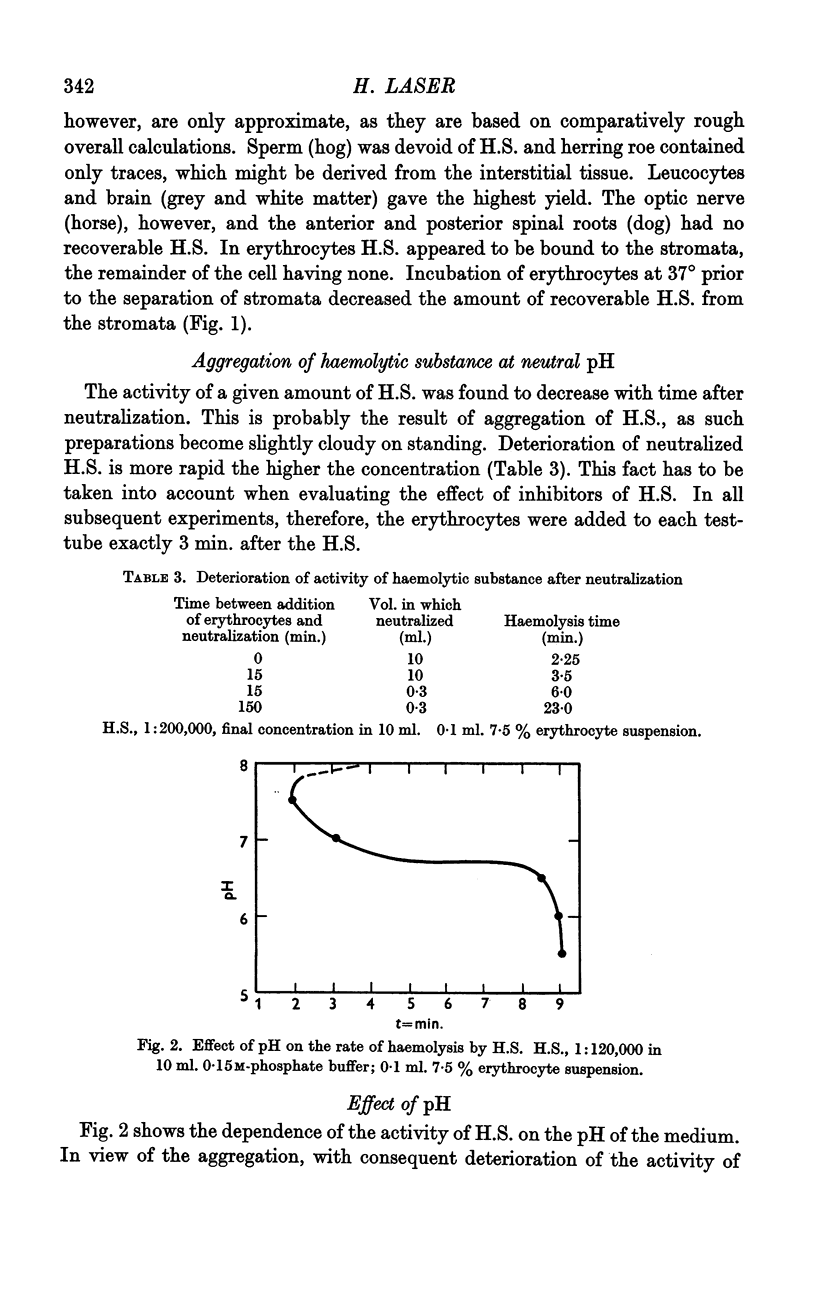
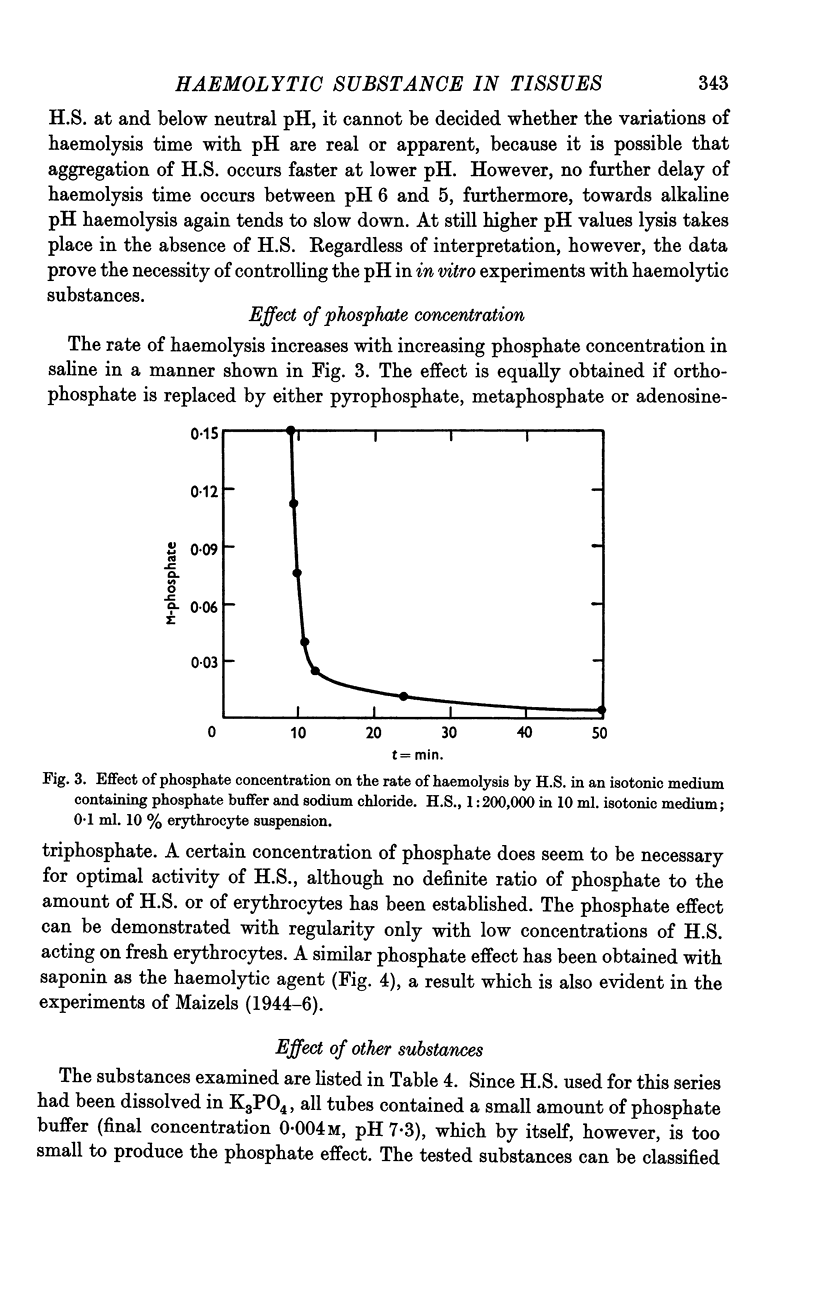
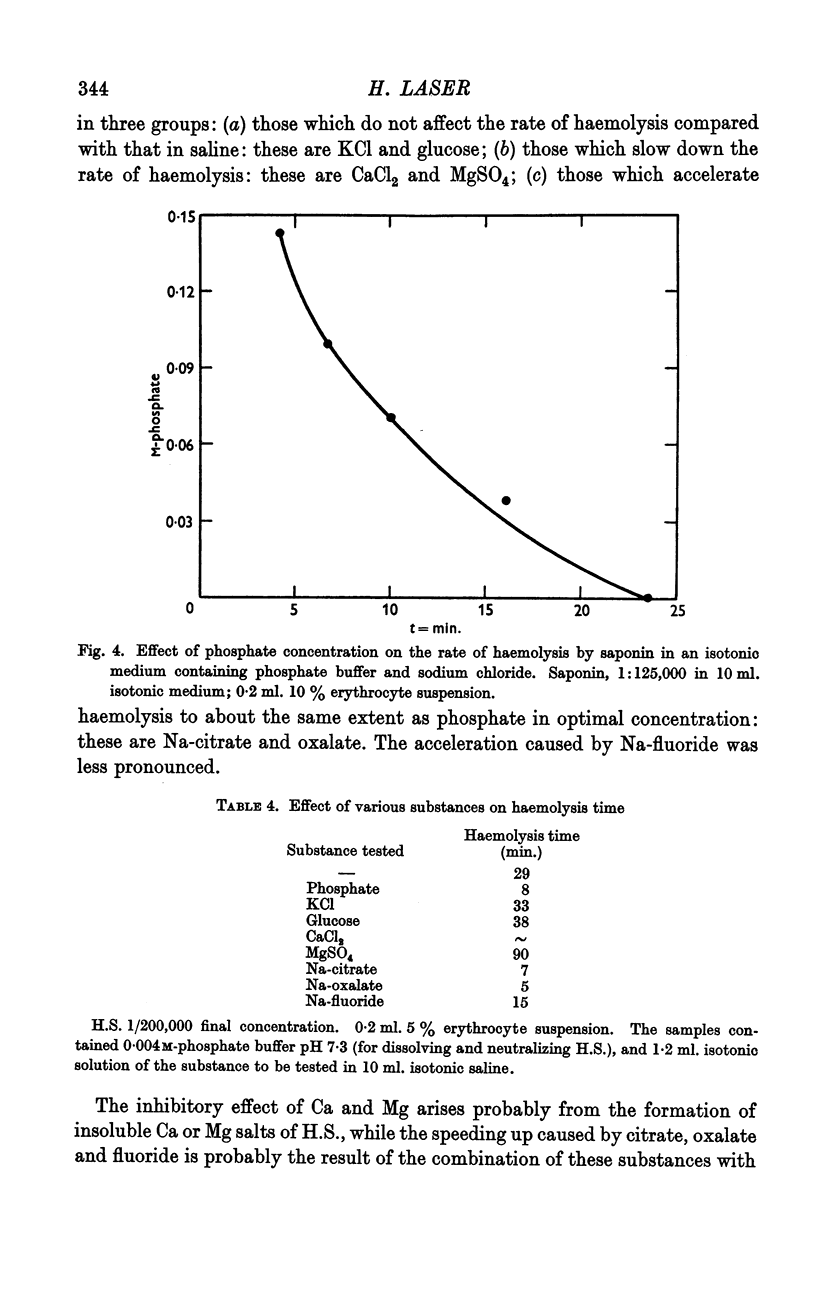
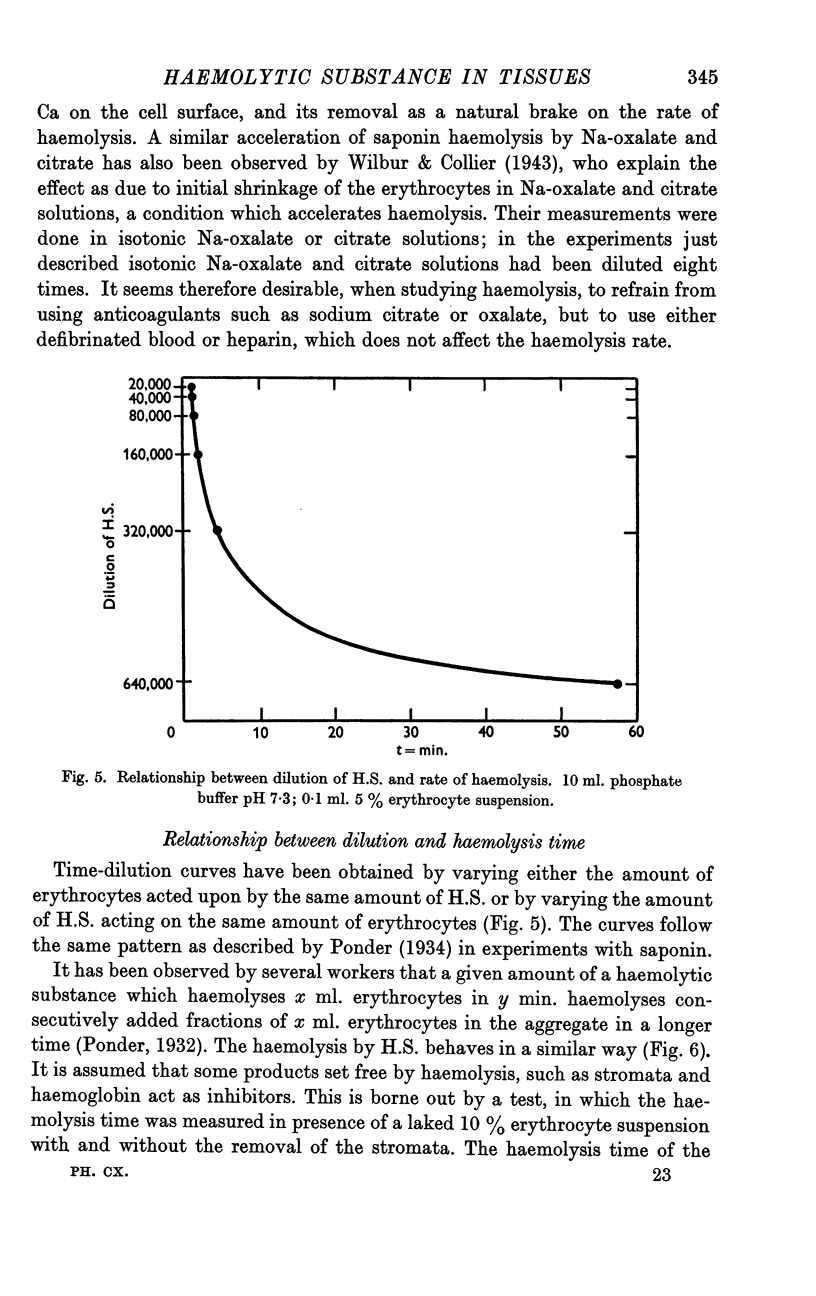
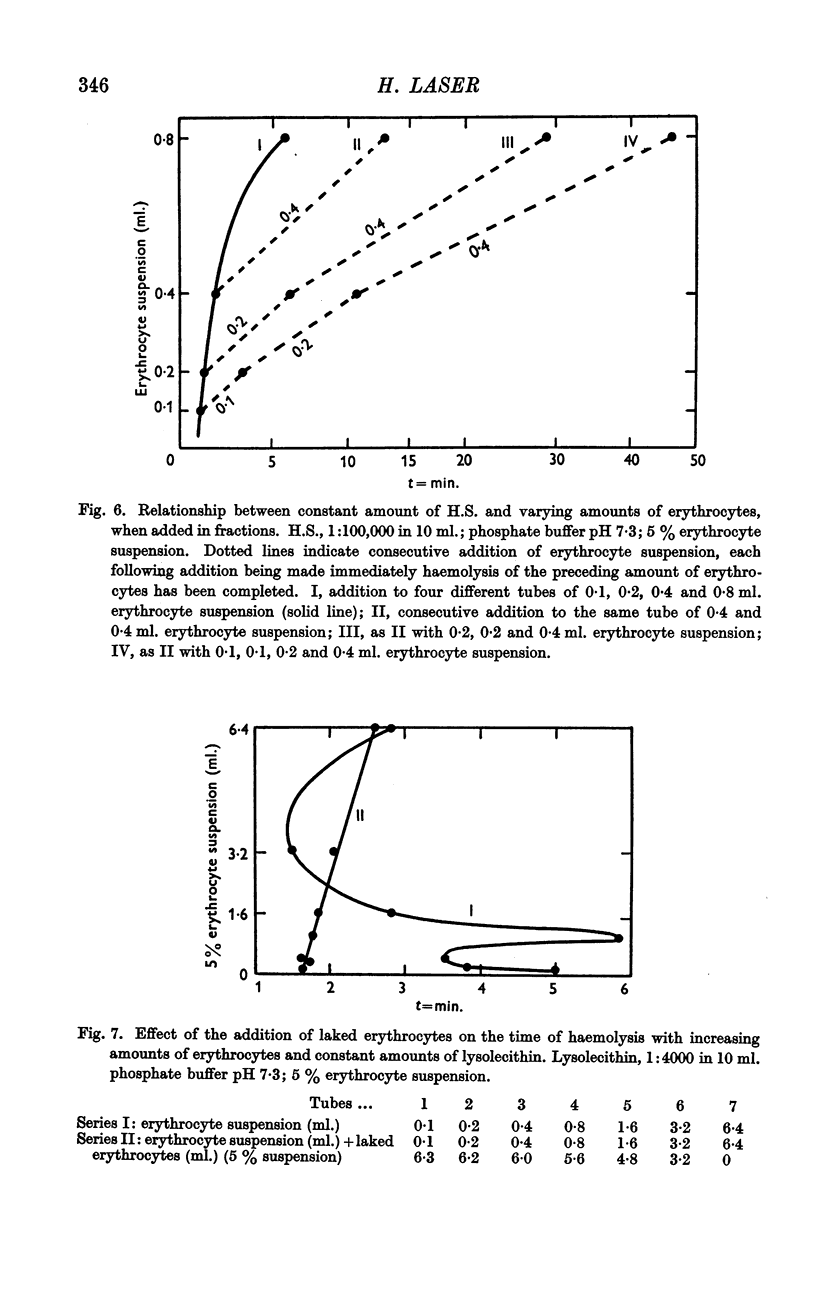
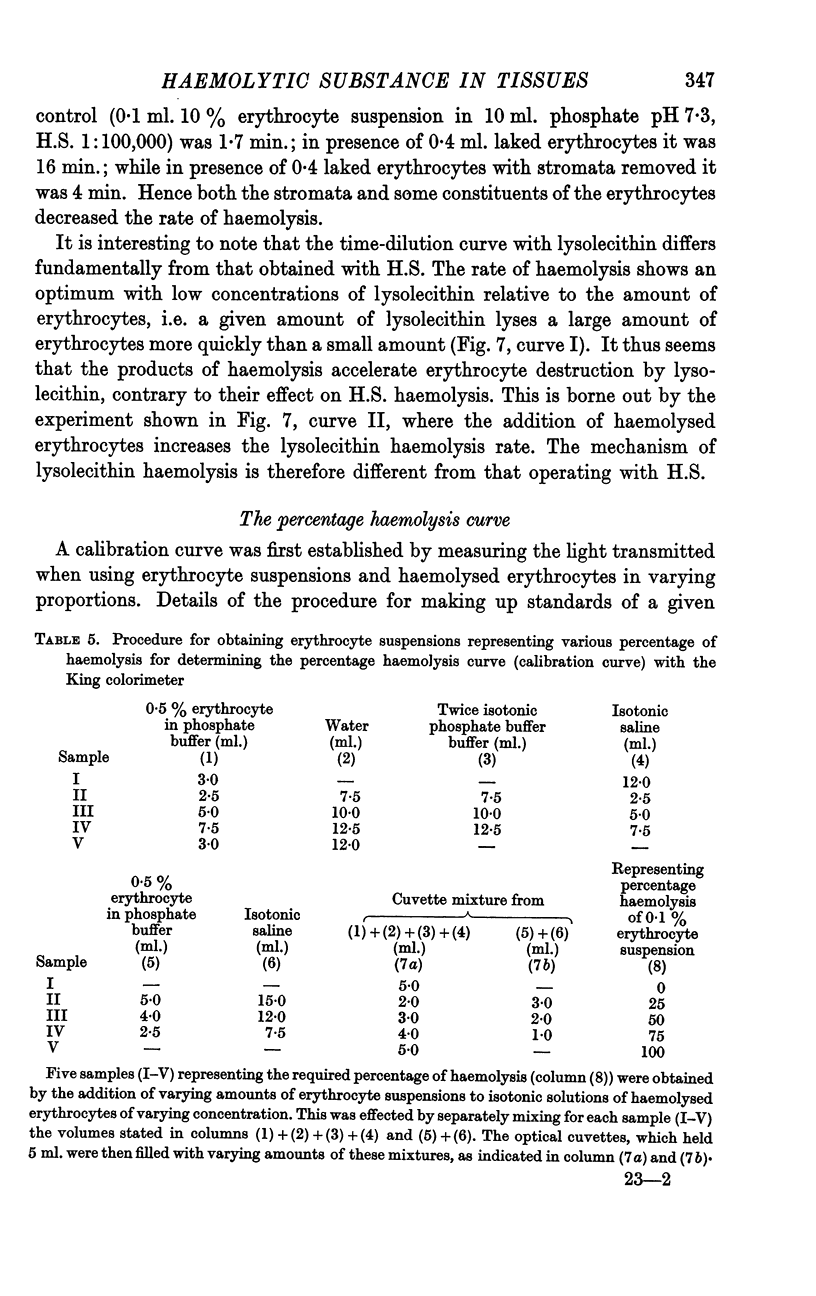
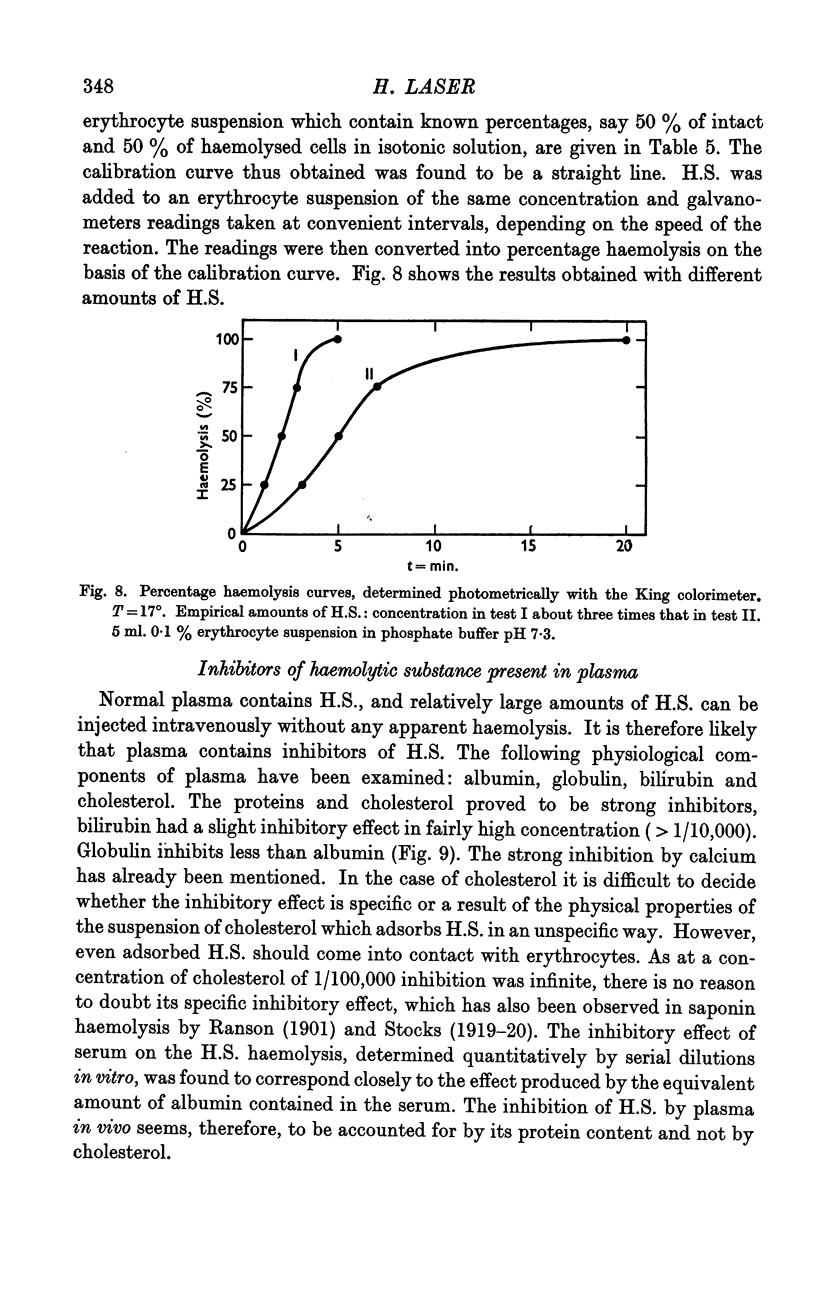
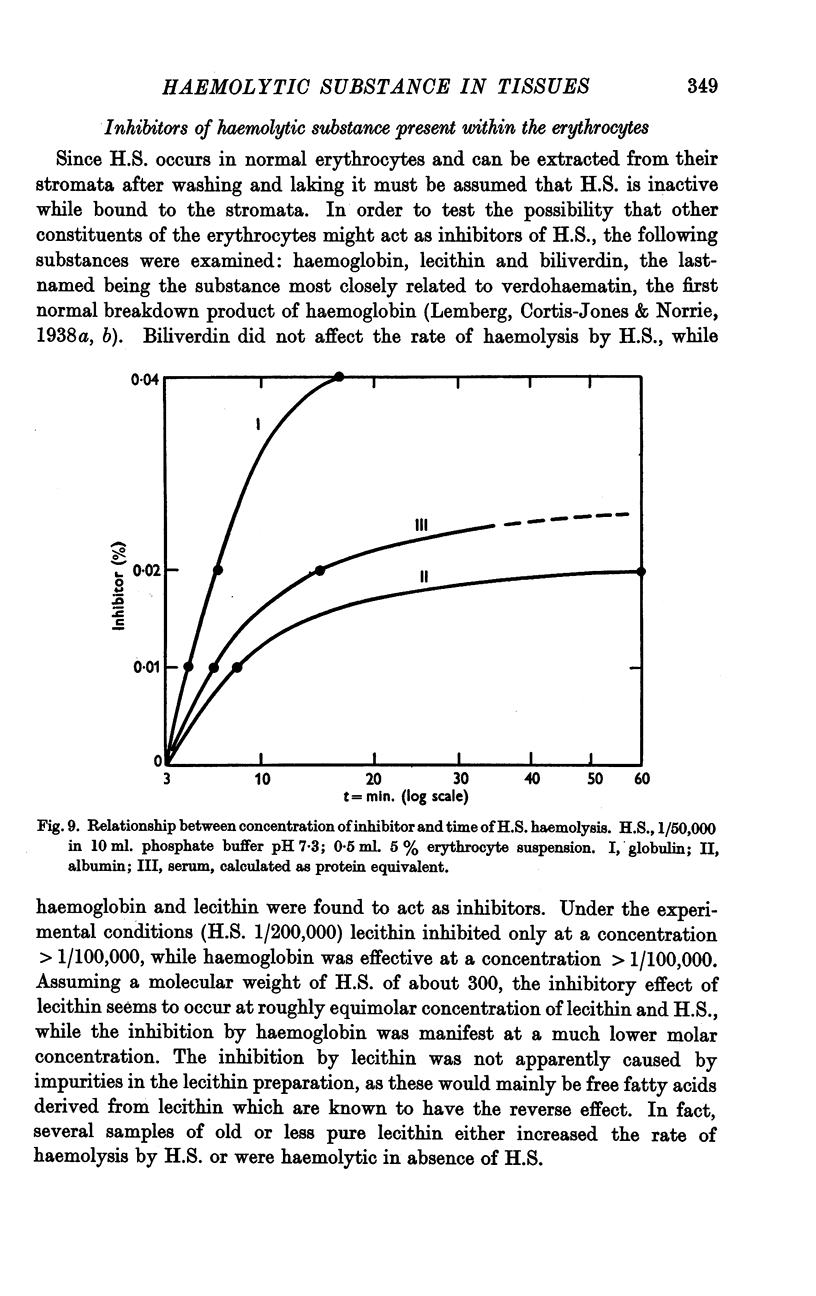
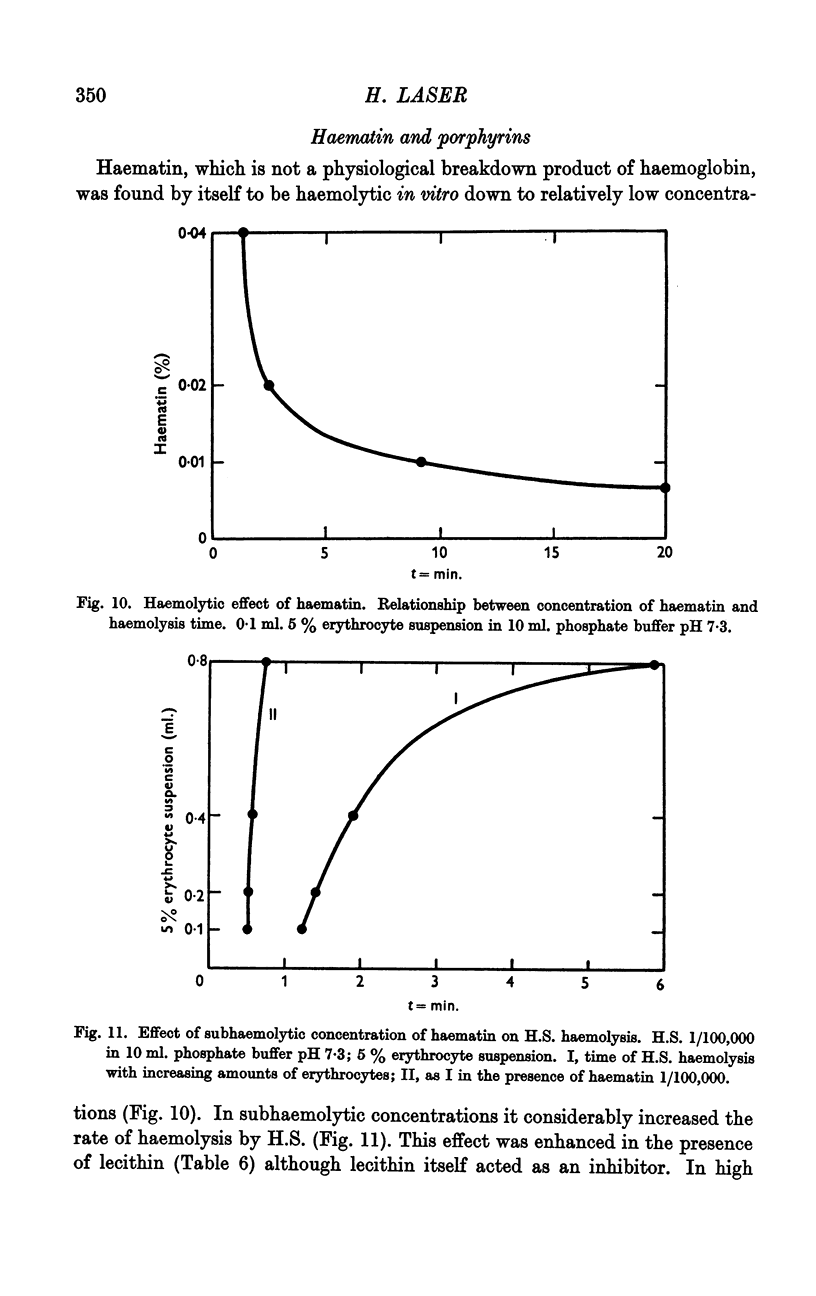
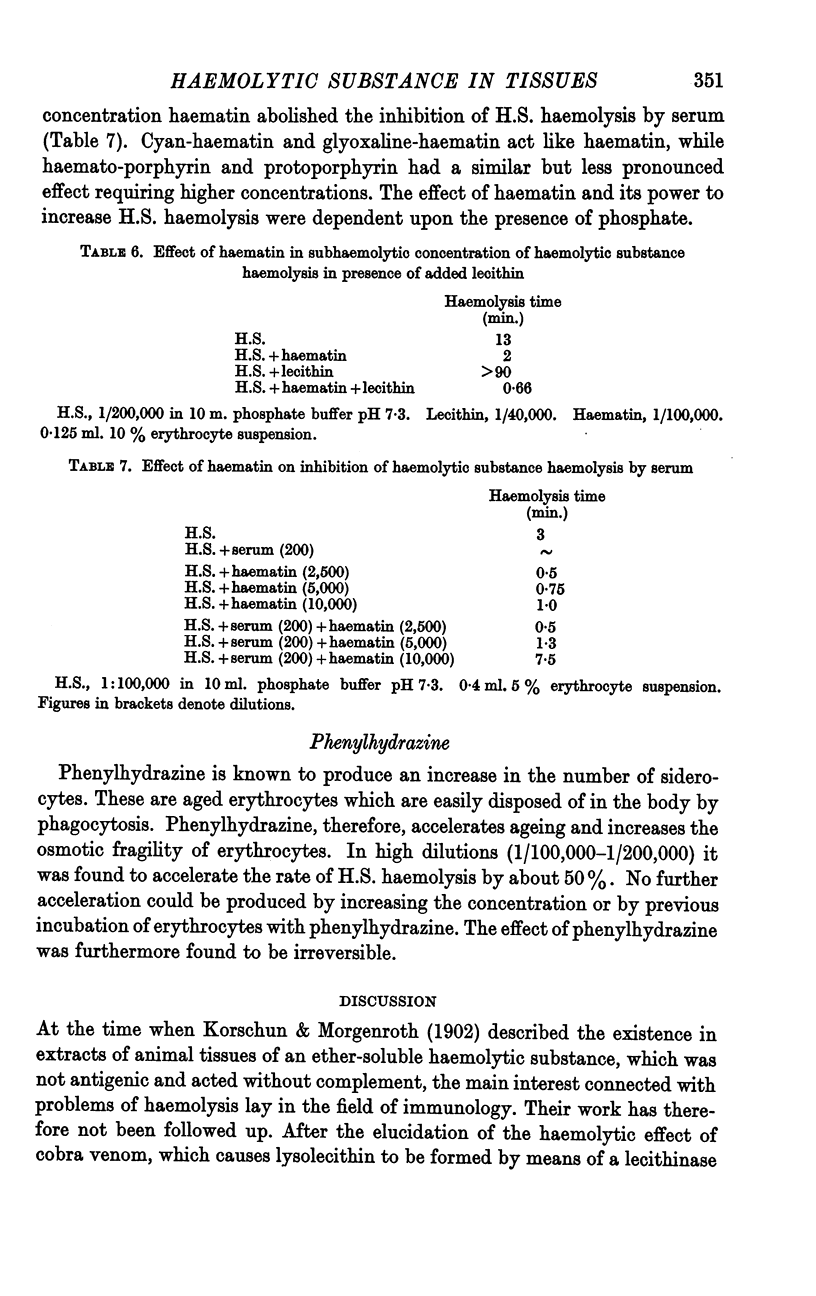
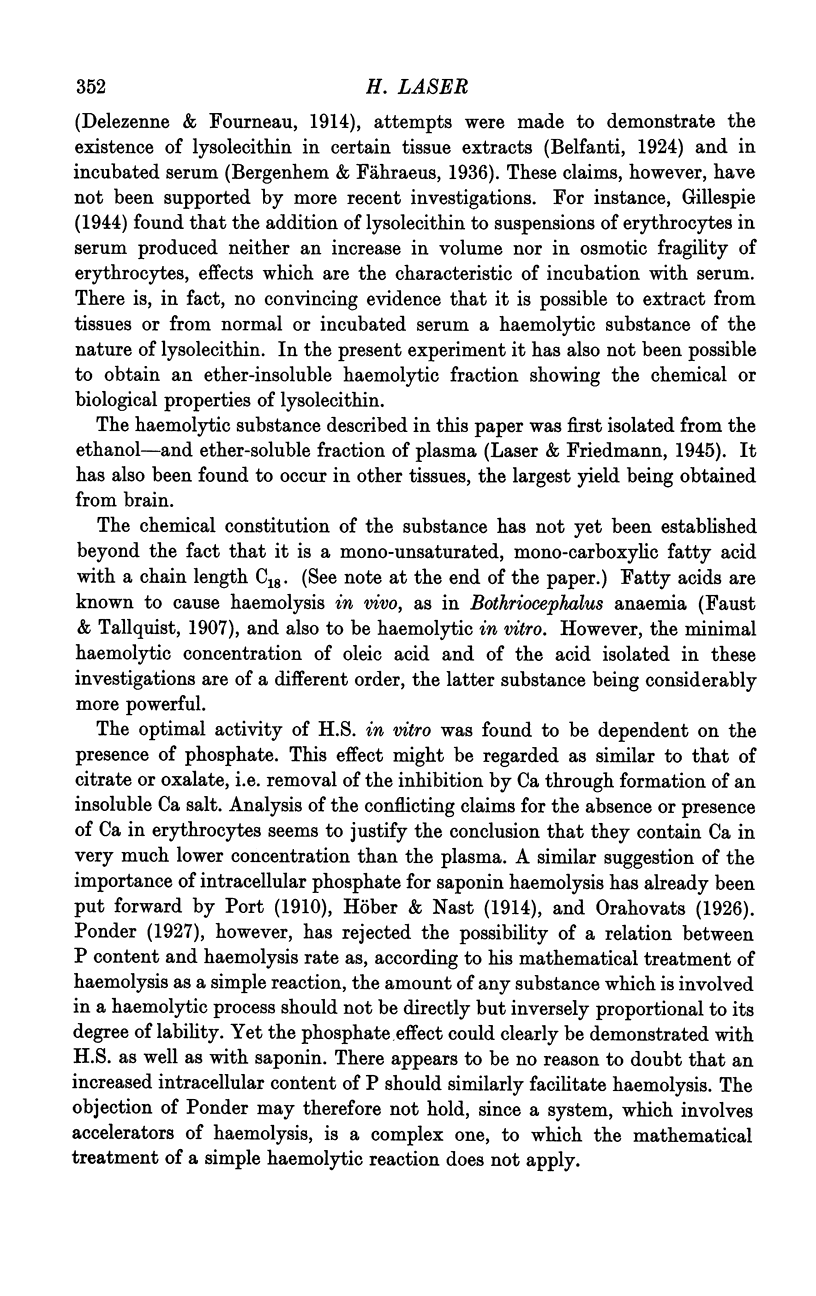
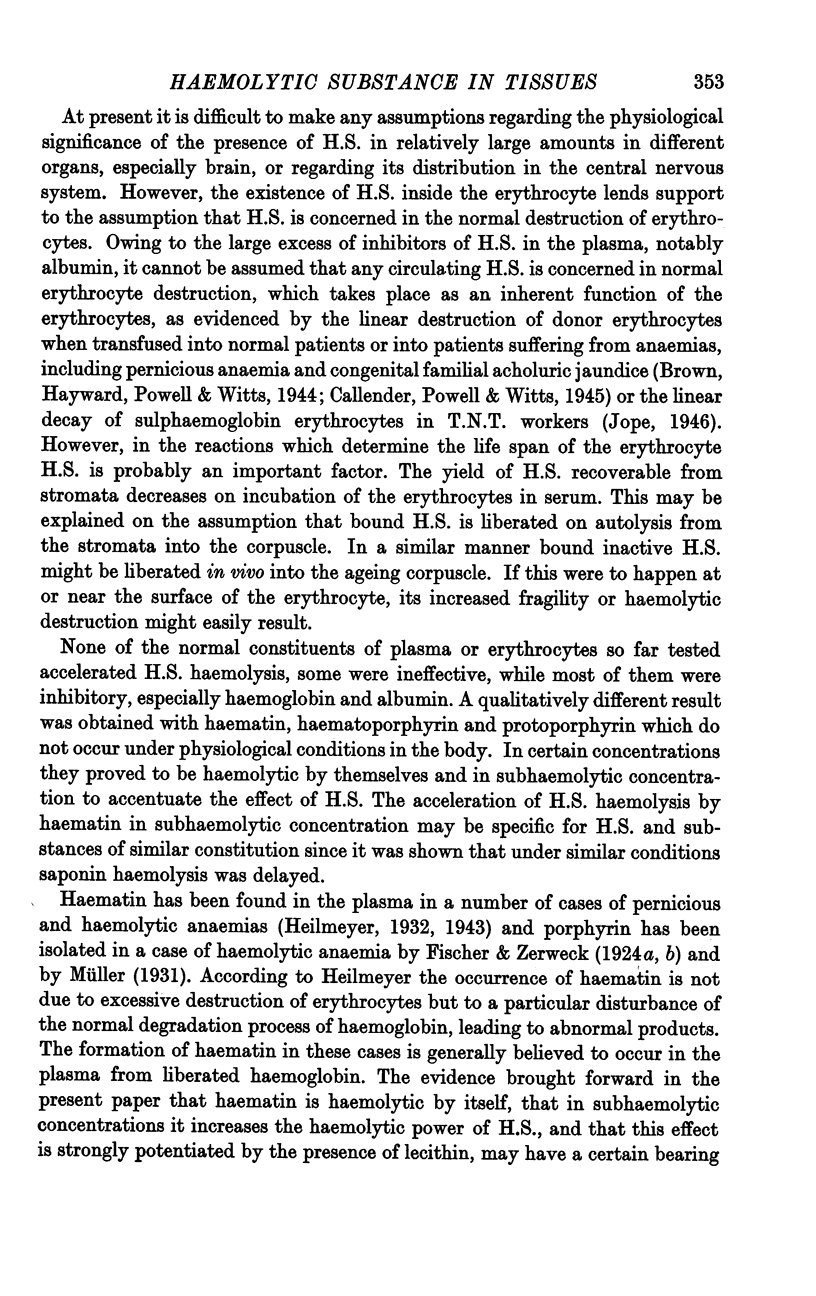
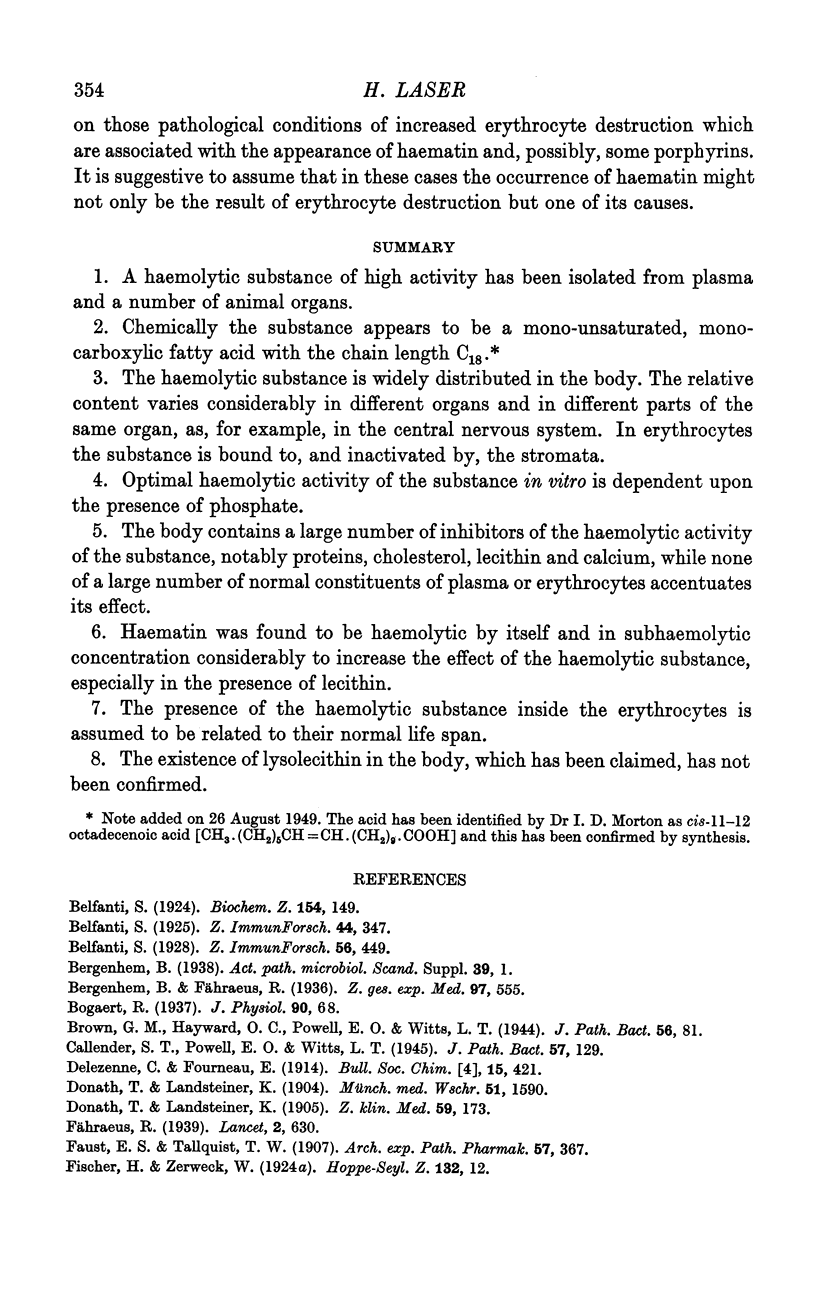
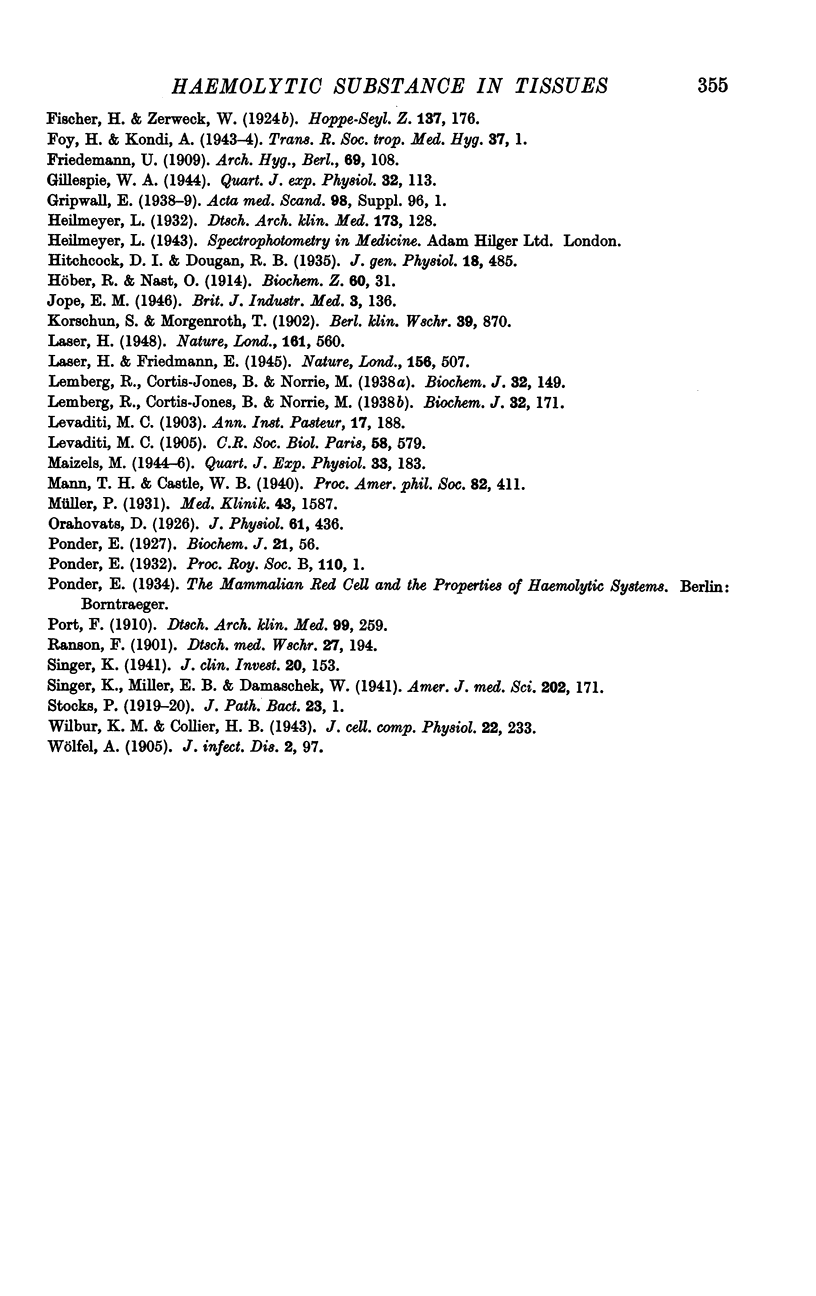
Selected References
These references are in PubMed. This may not be the complete list of references from this article.
- Eccles J. C., Magladery J. W. Rhythmic responses of smooth muscle. J Physiol. 1937 Jun 17;90(1):68–99. doi: 10.1113/jphysiol.1937.sp003500. [DOI] [PMC free article] [PubMed] [Google Scholar]
- Lemberg R., Cortis-Jones B., Norrie M. Chemical mechanism of the oxidation of protohaematin to verdohaematin. Biochem J. 1938 Jan;32(1):171–186. doi: 10.1042/bj0320171. [DOI] [PMC free article] [PubMed] [Google Scholar]
- Lemberg R., Cortis-Jones B., Norrie M. Coupled oxidation of ascorbic acid and haemochromogens. Biochem J. 1938 Jan;32(1):149–170. doi: 10.1042/bj0320149. [DOI] [PMC free article] [PubMed] [Google Scholar]
- Orahovats D. The spleen and the resistance of red cells. J Physiol. 1926 Jun 22;61(3):436–447. doi: 10.1113/jphysiol.1926.sp002305. [DOI] [PMC free article] [PubMed] [Google Scholar]
- Ponder E. Studies on the Kinetics of Haemolytic Systems: The Series of Ryvosh. Biochem J. 1927;21(1):56–65. doi: 10.1042/bj0210056. [DOI] [PMC free article] [PubMed] [Google Scholar]
- Singer K. LYSOLECITHIN AND HEMOLYTIC ANEMIA. THE SIGNIFICANCE OF LYSOLECITHIN PRODUCTION IN THE DIFFERENTIATION OF CIRCULATING AND STAGNANT BLOOD. J Clin Invest. 1941 Mar;20(2):153–160. doi: 10.1172/JCI101207. [DOI] [PMC free article] [PubMed] [Google Scholar]


